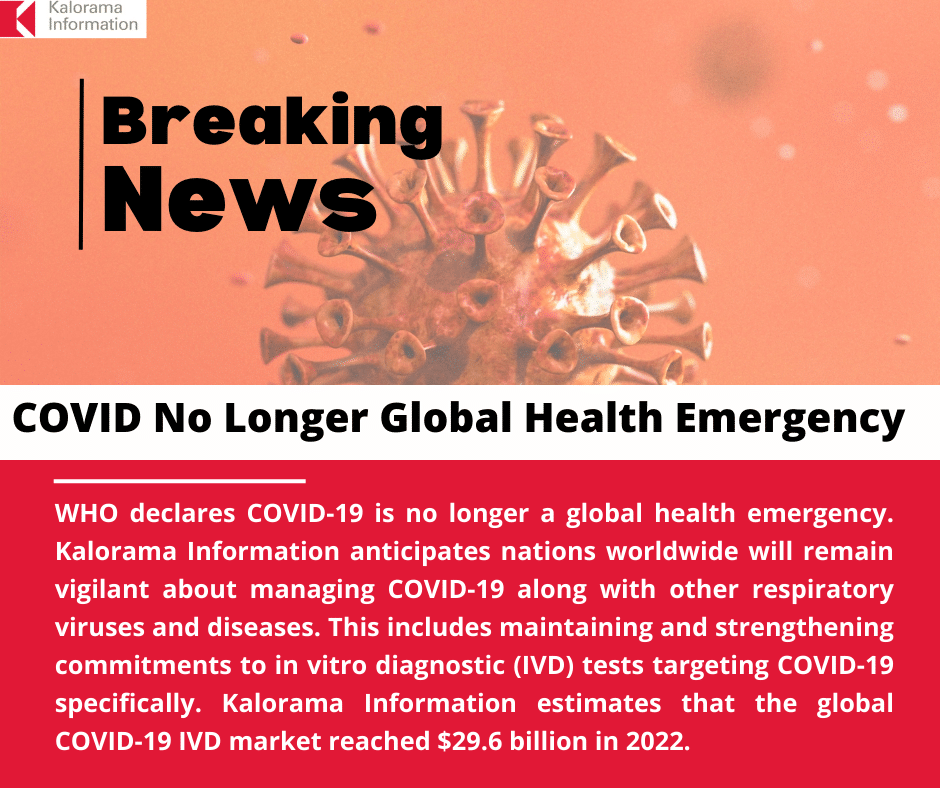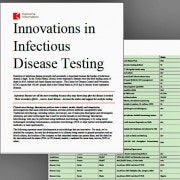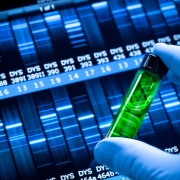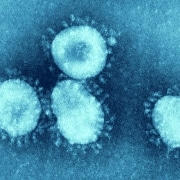WHO Reports Lowered Threat Level of COVID-19; What Does it Mean for Testing?
Three years and more than seven million casualties later, the COVID-19 pandemic is officially no longer a global health emergency, according to a recent statement by the World Health Organization (WHO). Dr. Tedros Adhanom Ghebreyesus, director general of WHO, announced COVID-19’s less severe designation in early May, though the decision had been carefully considered for quite some time prior to becoming official.
The announcement also marks the end of the coordinated global action that was necessary to protect the world’s population from the new and nefarious virus. It is now up to individual countries to determine how to effectively manage COVID in a way that each deems best.
The end of COVID as public health emergency of international concern came with a warning from Dr. Ghebreyesus in an official statement, that “the worst thing any country can do now is to use this news as a reason to let down its guard, to dismantle the systems it has built, or to send the message to its people that COVID-19 is nothing to worry about.”
Dr. Ghebreyesus’s sentiment echoes what was previously announced by leading medical market research firm Kalorama Information in our recent report COVID-19 Testing Markets, 2023, which answers what will happen to the ever-changing COVID-19 in vitro diagnostic (IVD) testing market as the pandemic recedes and eventually becomes endemic. Most notably, Kalorama emphasized that the COVID-19 virus has proven to be very persistent and capable of mutating—producing a substantial number of variants. This is not expected to change, creating an ongoing need for COVID-19 testing.
“COVID-19 testing has been at the forefront in battling the pandemic. Without question the virus is here to stay even as it becomes less of a global health emergency. As a result, we expect nations worldwide to remain vigilant about managing COVID-19 along with other respiratory viruses and diseases. This includes maintaining and strengthening commitments to IVD tests targeting COVID-19 specifically,” says Bruce Carlson, vice-president and publisher of Kalorama Information.
Diagnostics have been critical in the response to COVID-19. At the height of the pandemic it became very apparent that rapid and accurate tests were absolutely critical for identifying and managing infected individuals.
During 2020 and 2021, revenues from COVID-19 testing were substantial compared to all other diagnostic testing assays and instruments. In 2020, COVID-19 diagnostic testing accounted for 20% of the total diagnostic testing market. The COVID-19 diagnostic testing climbed to more than a quarter of the total IVD diagnostic testing market in 2021. As the pandemic slowed, the COVID-19 diagnostic testing segment dropped to less than a quarter of the total IVD diagnostic testing market in 2022.
Kalorama Information estimates that the global COVID-19 IVD market reached $29.6 billion in 2022, consisting of immunoassay and molecular testing. Immunoassay COVID-19 testing accounted for more than half the market’s total and will continue to claim the lion’s share through the foreseeable future. Meanwhile, rapid testing for COVID-19 had estimated sales of more than $10 billion in 2022.
Looking ahead, sales in the global COVID-19 testing market will invariably wane due to a reduction in demand for COVID-19 testing and the availability of cheaper immunoassay testing.
For more information or to purchase the market research report COVID-19 Testing Markets, 2023, visit: https://kaloramainformation.com/product/covid-19-testing-market-update-2023/.






